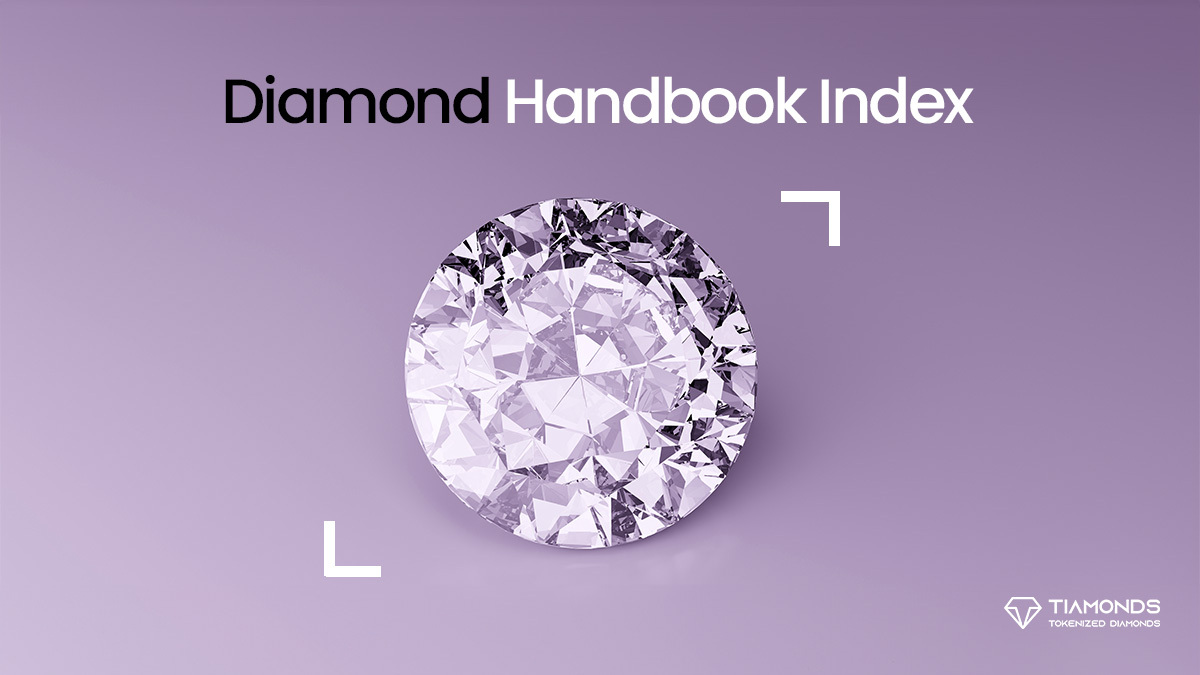Old Mine Cut diamonds represent antique diamonds formed and fashioned from antiquity until the late 19th or early 20th century. This is when more uniform round brilliants emerged. These were in brilliant form (58 facets) around the middle of the 17th century.
Old Mine Cuts were not as symmetrical as modern diamonds and were designed primarily to accommodate knowledge surroundings. Which was prior to the invention of electric power. They were designed to fit the gentle, warm glow of candlelight.
These diamonds have a very different appearance than modern diamond cuts. Designers cut them with distinct purposes in mind during their respective eras, leading to varying proportions. They come in a vast array of shapes and forms, but they are best known for their cushion-like configurations.
Background and History of Old Mine Cut Diamonds
For thousands of years, humans have worn stones and rocks as talismans. It’s reasonable to assume that gemstones in their natural state were also used in this manner. India is the origin of the first diamond discoveries. In the 13th century, Marco Polo’s works, “The Travels of Marco Polo,” provided early evidence of these discoveries. These works contain at least two accounts of the earliest alluvial diamond extraction ways.
Prior to evidence beginning in the 14th century demonstrating Indian and European capabilities in how to grind and trim diamonds. People likely used raw diamonds as embellishments for jewelry. Since diamonds originated in India, the only known technique for shaping unpolished diamonds was breaking them down. Therefore, it is highly probable that this technique originated in India.
Origins of Old Mine Material – The Significance of Provenance
The term “Old Mine” must be viewed from two perspectives: the first refers to the geographical specimens of minerals oneself. These are Emerald (Beryl), Diamond, Sapphire, and Ruby (Corundum), among numerous others found on Earth.
In this context, historical literature primarily characterises the term “Old Mine” The books focus on specific geographic areas and mines that gained notoriety for the discovery of exceptional materials, which, over time, earned them the moniker “Old Mine.” This signifies that the material originated from an internationally renowned (and likely exhausted) mine characterised by outstanding and uncommon gem quality.
Examples of these Old Mines include the historically significant Colombian Chivor and Muzo Emerald mines, which were active in the early 16th century. While the legendary and fabled Burmese Mogok Ruby mines, which were renowned for their blood-red hues. There are also the renowned Golconda Diamond Mines in Hyderabad, India. Here materials are believed to have a water-like transparency that has not been replicated anywhere else in the world.
History of Cutting
The second direction refers to the physical lapidary work performed on gems. The term “Old Mine Cuts” refers to the cutting methods. These were historically practiced with limited equipment, technologies, and knowledge. Due to the fact that cutters relied primarily on their own skills and knowledge to convert rough gems into beautiful, smoothed, and/or polished gems. These gems must have taken in and reacted to illumination in a way that allowed jewellers to create objects of visual desire.
Rough crystals were available in a variety of shapes and surface textures, and were frequently characterised by numerous irregularities (various inclusions). All of these factors complicated the ship’s choices and plans. In basic terms, they controlled the initial shapes and shaping designs. Despite the fact that Old Mine Cuts occur in all gem elements of the period. The term has become primarily associated with Diamonds over time.
Key Characteristics of Old Mine Cut Diamonds
- When compared to the majority of modern brilliant cut diamonds, Old Mine Cut diamonds have extremely small tables. Which are readily apparent when viewed from the crown or face-up.
- An open/polished culet, produces visible culet reflections spread throughout the entire crown and table, giving the diamond its distinctive and distinct optical appearance. Which we now refer to as the Kozibe effect.
- These diamonds were cut to extremely high crown heights, allowing for three-dimensionality. Higher crowns allow for additional light play and, when set in jewellery. This creates the illusion that the diamonds are floating above their settings.
- Various pavilion feature configurations – imitating the candlelight settings of the past, Old Mine Cut diamonds have larger pavilion aspect surfaces that produce large and sluggish flash events as opposed to the splintery and rapid flash effects of contemporary cuts.
Diamonds manufactured more than a century ago were all manually cut without regard to any standards, using the techniques and instruments of their respective eras. Apparently, compared to their contemporary peers, Old Mine Cuts can appear extremely unbalanced, but this is essentially what gives them their distinctive beauty. Every diamond plays a unique symphony with capabilities that engage human sensations, everyone in their own way.
Buying Suggestions
Old Mine Cut diamonds are extremely flexible when it comes to both their shapes/forms and proportions, in contrast to modern, more prevalent diamond cuts. None of the Old Mine diamonds are going to look identical, and the closer one looks, the more differences one can appreciate.
When looking for the ideal Old Mine diamond, one must view it differently than one would a modern diamond. Laboratory grading reports do not provide a great deal of information regarding their particular beauty or sparkle, which is based more on the individual personality and distinctive characteristics that each one potentially possesses.
Focus on the Overall Appearance and Style: The classic 4Cs do not play the same role as they do with modern cuts; it is less about the cut grades than about the unique movement of light that each can offer.
Old Mine Cut Diamonds Aren’t the Same:
Old Mine Cut Diamonds Differ: Crafters of Old Mine Cut Diamonds applied their personal knowledge, preferences, and expertise to their creations, resulting in a wide range of appearances and plays of light, making it challenging for evaluators to assess them using modern standards. Throughout history, cutters have applied their personal knowledge, preferences, and expertise to their diamond creations, yielding a wide range of appearances and plays of light.
Color Never Falls Short: Tinted diamond colors (yellow, brown, and gray) should be judged based on their appeal rather than viewed as a flaw. Nevertheless, the prevailing diamond standard routinely categorizes such hues as inferior.
ultsConclusion
Antique diamonds have evolved over the centuries. Various locations and cultures ground, cleaved, and cut them over extended periods of time. The ress depended on the available equipment, the cutters’ abilities, and the period’s optical objectives. Artisans shaped, cut, and faceted diamonds solely by hand, without strict guidelines on component designs and angle relationships. Old Mine Cut diamonds transport us back in time to a period when visual understanding was in its infancy.
The craftsmen removed the material based on their intuition, uncovering faint reflections of that period or moment in life. In feudal times, people crafted diamonds to make them stand out during illumination events. Many believe that modern designs surpass the brilliance of antique diamonds.




